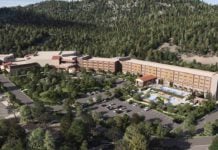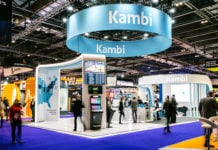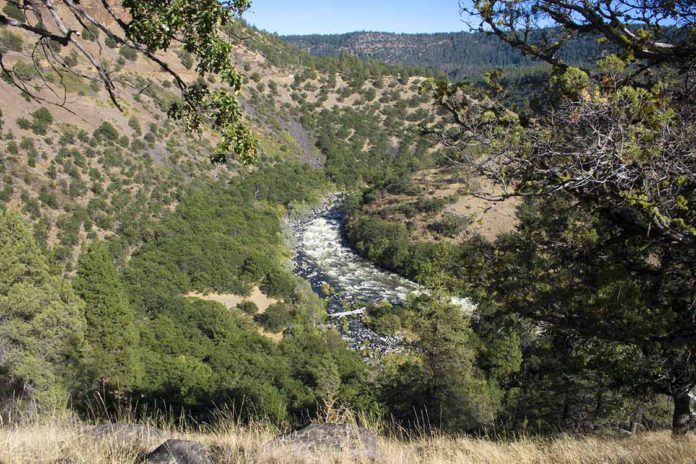COPCO, CA – Shasta Indian Nation and Resource Environmental Solutions (RES) have announced an agreement to jointly restore more than a thousand riverside and upland acres slated for return to tribal ownership. The project area includes formerly inundated land that was revealed when Copco No. 1 Dam was breached earlier this year. This new partnership comes on the heels of Governor Gavin Newsom’s announcement this past summer that 2,800 acres will be returned to the tribe following the complete removal of the lower Klamath hydroelectric dams and restoration of their former reservoirs.
“We could not be more pleased about this partnership with the Shasta Indian Nation,” said Dave Coffman, who leads the restoration program for RES, the restoration contractor for the Klamath River Renewal Project. “The Shasta Indian Nation has a wealth of traditional ecological knowledge, handed down from generation to generation, that is specific to this area. We feel honored to have the opportunity to work with them to restore their homelands.”
Copco No. 1 Dam was removed earlier this year as part of the Klamath River Renewal Project, an ambitious effort to restore the Klamath River’s imperiled salmon runs. The dam and reservoir were built on land sacred to the Shasta people. While RES began an extensive revegetation effort of the former reservoir footprint this past January, restoration activity will span several years and there is ample time to incorporate the tribe’s vision for the landscape. This includes developing a first foods and food sovereignty program based on culturally important plants.
“This is about a restoration of land, but also a restoration of our people,” said Shasta Indian Nation Vice Chairman Candice Difuntorum. “We can’t undo the past, but we can begin to heal and build a bright future for our people. This partnership with RES provides us an opportunity to begin restoring and stewarding our native lands and traditional sites as soon as possible. This is an incredible opportunity to utilize both our traditional ecological knowledge and RES’ incredible knowledge of restoration science.”
Under the agreement, tribal members will become part of the restoration team starting immediately, assisting with revegetation, wildlife monitoring, spawning habitat surveys, relocation of juvenile and adult salmonids, fish passage monitoring, water quality sampling, and more. An additional round of seed gathering will be performed to include culturally important plants that were not a part of the original restoration plan. This new partnership is complementary to RES’ existing partnership with the Yurok Tribe, who will also continue to work on the restoration project.
“We are already benefiting from the tribal connection and history with this land, and we are excited about combining that traditional ecological knowledge with the very best that restoration science has to offer,” said Coffman.













































